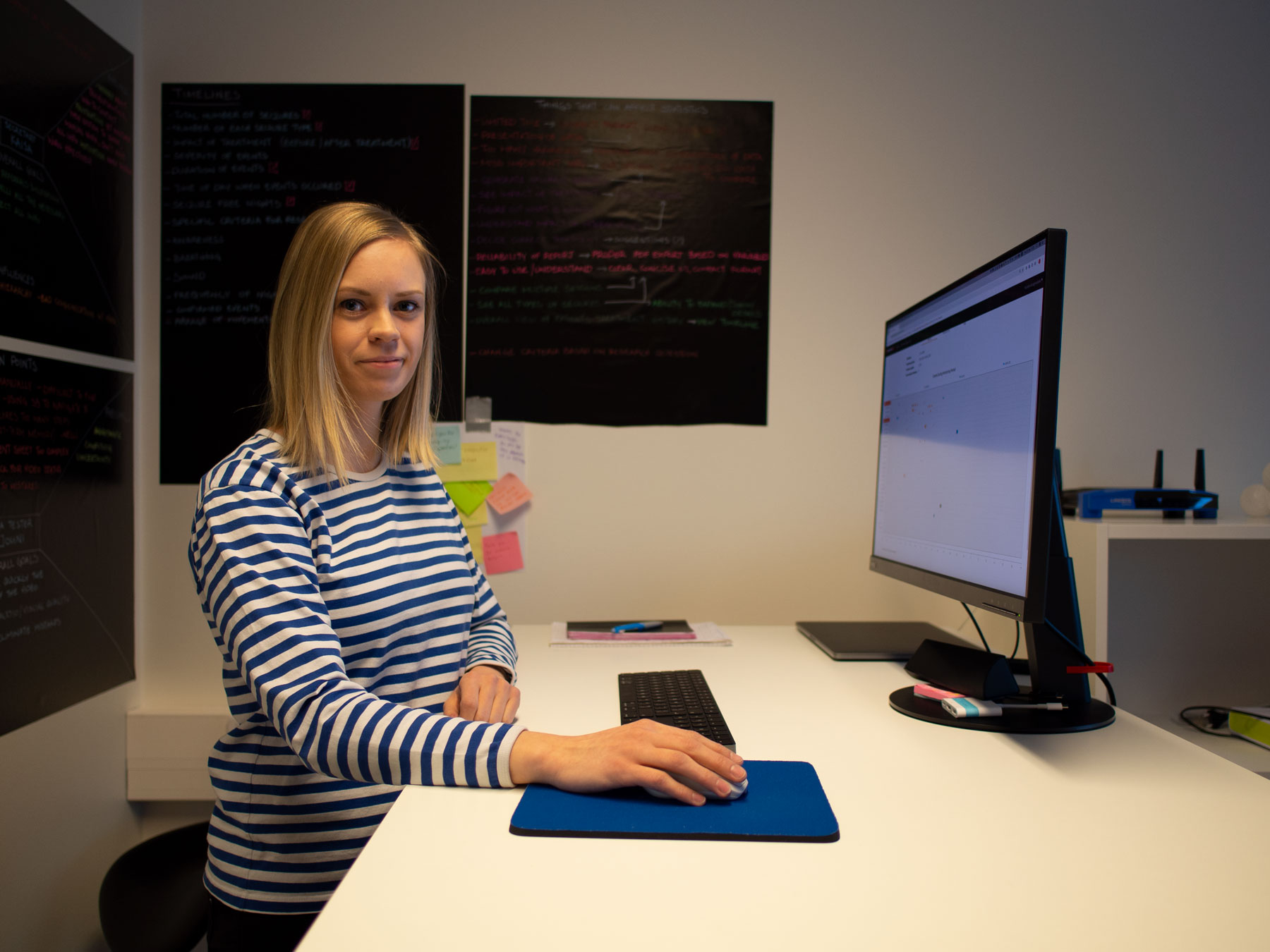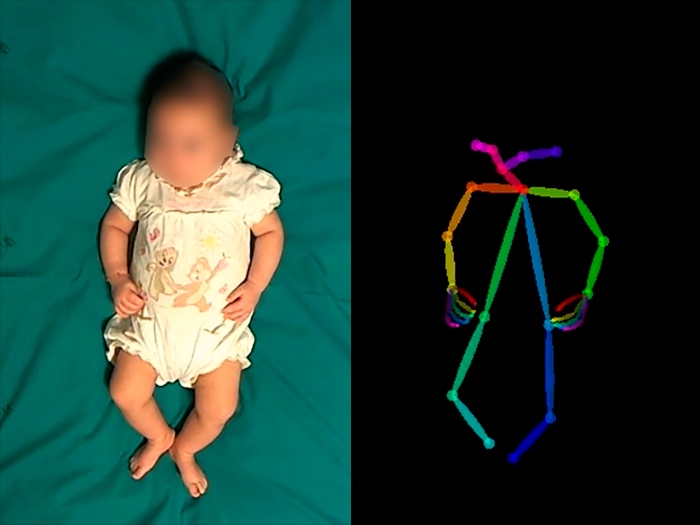
Working as a scientist in a technology startup
Here at Neuro Event Labs, we build a revolutionary product that helps people with epilepsy live better lives. In this blog post, I’ll briefly discuss the scientific part of our work and share my experiences of working as a scientist in a high-technology startup.
Scientifically-validated product development
Everything in the medical sector, from pharmaceutical drugs to patient treatment devices, has to be especially well-developed and tested. Scientific validation is an important part of that process. So, a scientific approach is a natural part of our work here at NEL.
In practice, we cooperate with the scientific community on several different levels: we work with university hospitals, individual researchers, and medical companies in the field. The projects vary in length: while a proof-of-concept project might take just a few months, product development collaboration can last several years.
As an active part of the scientific society, we publish our work in peer-reviewed scientific journals. This both helps us share our findings with the world, and it validates that our product does what we promise. After all, the goal of all our work is to develop a great product that helps doctors and epilepsy patients around the world.
Speaking of the world, our scientific cooperation is truly international: in addition to Finland, we work with experts in Belgium, Denmark, Italy and the US, for example.
Research case: VNS epilepsy treatment evaluation
One recent study was about epilepsy seizure counting with our product, Nelli, compared to traditional seizure counting.
In a nutshell, the traditional way to count the number of epileptic seizures in a home setting is that a human caretaker observes the sleeping patient and logs the detected seizures in a diary. Our product uses a high-accuracy night-mode camera to observe the patient, removing the need for a human observer.
In this study, a patient was recorded before and after a VNS implantation – a medical device that should decrease the amount of seizures. The goal was to evaluate how well the selected treatment actually helped that particular patient.
The key finding was that while the diary kept by the caretakers indicated that the treatment had a great effect, Nelli proved that there was no significant difference in the seizure counts before and after the treatment.
During the first observation period, the caretakers counted 4 seizures, while the actual number of seizures was 28. During the second period, the human-detected seizure count was 1, while machine vision detected 21 seizures. Between the periods, the patient also moved from home to a special-needs boarding school.
Through our system, we were able to accurately evaluate how well the treatment was performing, helping the doctor to decide on the next treatment option and the patient to eventually live a better life.
The research article has passed review and was published in Epileptic Disorders last month. You can read it from here.
Working as a scientist in a technology startup
My background is in medicine and software – utilizing technology to process vast amounts of medical data. Before joining Neuro Event Labs, I have been doing technology-oriented medical research in the university world.
Today, I have to admit that I really enjoy the startup life.
At NEL, our team is extremely ambitious and focused. Everyone is working toward a mutually shared goal: developing the best epilepsy monitoring product in the world. To me, having this kind focus is really motivating; it gives a sense of purpose and energy to everyday work.
On a personal level, I feel I have learned more during the last year than during my entire time at the university. Every day, I can learn from both world-class software developers and leading neurologists.
If you are considering joining the NEL team, I highly recommend it. If you are not familiar with epilepsy, don’t worry – our induction package has you covered.
